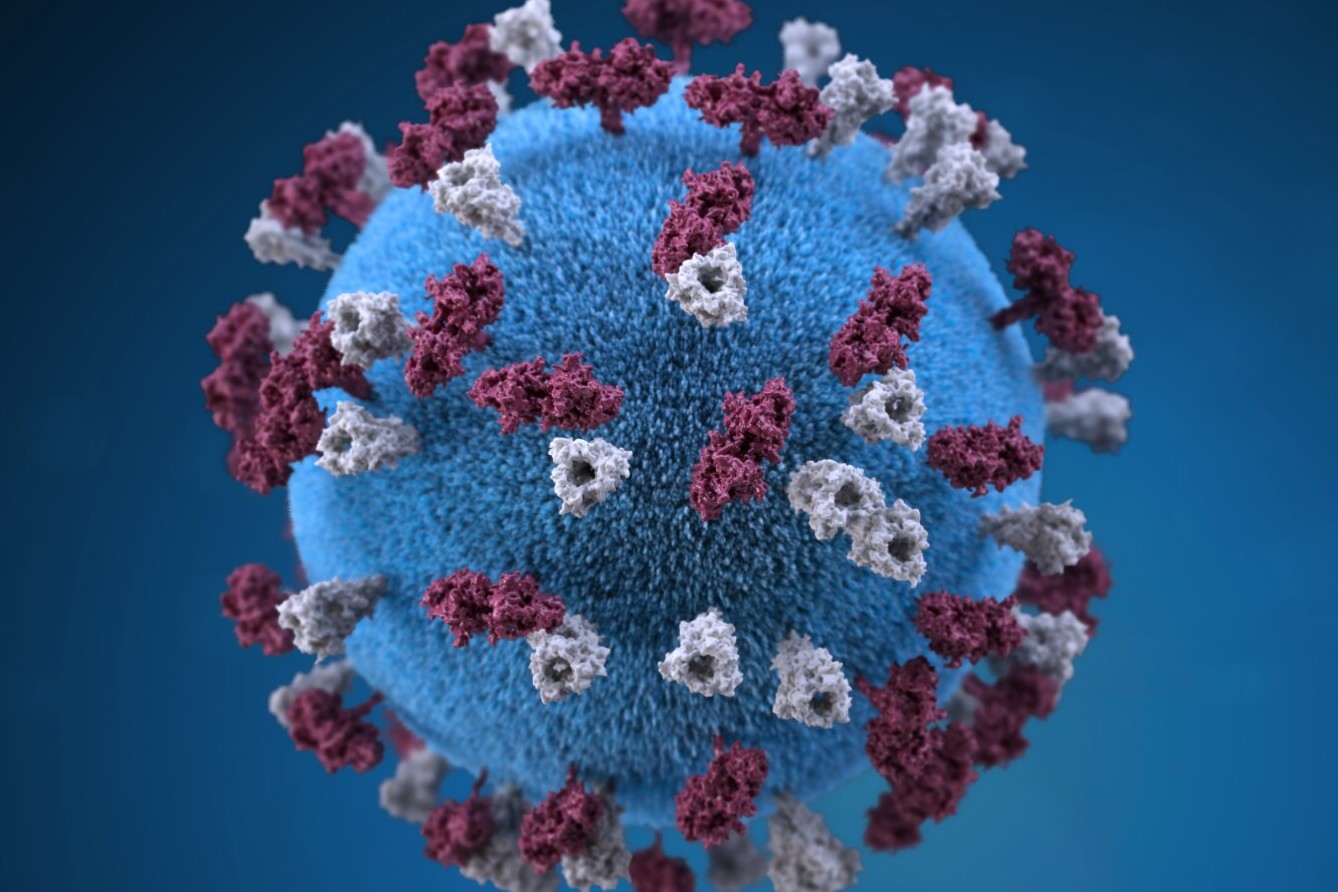
What is a Paramyxovirus? Paramyxoviruses are a group of viruses known for causing diseases in humans and animals. These viruses can lead to illnesses like measles, mumps, and respiratory infections. They are highly contagious and spread through respiratory droplets. Understanding these viruses is crucial because they can have serious health impacts. Paramyxoviruses have a unique structure that allows them to invade host cells and replicate quickly. They are part of the larger family of viruses called Paramyxoviridae. Learning about these viruses helps in developing vaccines and treatments to prevent outbreaks. Stay informed to protect yourself and others from these infectious agents.
What is Paramyxovirus?
Paramyxovirus is a group of viruses known for causing various diseases in humans and animals. These viruses are part of the Paramyxoviridae family. Understanding them can help in managing and preventing outbreaks.
- Paramyxoviruses are enveloped viruses, meaning they have a lipid membrane surrounding their protein coat.
- They have a single-stranded RNA genome, which is typical for many viruses that infect humans.
- The family includes well-known viruses like measles, mumps, and respiratory syncytial virus (RSV).
- These viruses are highly contagious and can spread through respiratory droplets.
- Paramyxoviruses can infect both humans and animals, making them zoonotic.
Diseases Caused by Paramyxovirus
Paramyxoviruses are responsible for several significant diseases. Knowing these can help in identifying and treating infections early.
- Measles is one of the most contagious diseases caused by a paramyxovirus.
- Mumps, another disease caused by a paramyxovirus, can lead to swollen salivary glands.
- Respiratory syncytial virus (RSV) causes severe respiratory infections, especially in infants and the elderly.
- Human parainfluenza viruses (HPIVs) can cause croup, bronchiolitis, and pneumonia.
- Newcastle disease virus affects birds and can cause mild conjunctivitis in humans.
Transmission and Spread
Understanding how paramyxoviruses spread is crucial for preventing outbreaks. These viruses have several common transmission methods.
- Paramyxoviruses primarily spread through respiratory droplets when an infected person coughs or sneezes.
- Direct contact with infected secretions can also transmit the virus.
- Some paramyxoviruses can survive on surfaces for a short period, leading to indirect transmission.
- Close contact in crowded places increases the risk of transmission.
- Infected animals can also spread certain paramyxoviruses to humans.
Symptoms of Paramyxovirus Infections
Symptoms can vary depending on the specific virus and the individual's immune response. Recognizing these symptoms can aid in early diagnosis.
- Measles symptoms include high fever, cough, runny nose, and a characteristic red rash.
- Mumps often presents with fever, headache, muscle aches, and swollen salivary glands.
- RSV symptoms range from mild cold-like symptoms to severe respiratory distress.
- HPIV infections can cause fever, runny nose, and cough, sometimes leading to croup.
- Conjunctivitis and mild flu-like symptoms can occur in humans infected with Newcastle disease virus.
Diagnosis and Treatment
Accurate diagnosis and effective treatment are essential for managing paramyxovirus infections. Here are some key points.
- Laboratory tests, including PCR and serology, are used to diagnose paramyxovirus infections.
- Measles and mumps can be confirmed through blood tests detecting specific antibodies.
- RSV diagnosis often involves nasal swabs to detect the virus.
- There are no specific antiviral treatments for most paramyxovirus infections.
- Supportive care, such as hydration and fever management, is crucial for patient recovery.
Prevention and Vaccination
Preventing paramyxovirus infections is possible through vaccination and other measures. Here are some ways to protect against these viruses.
- The MMR vaccine protects against measles, mumps, and rubella.
- An RSV vaccine is currently under development, with promising results in clinical trials.
- Good hygiene practices, such as handwashing and covering coughs, can reduce transmission.
- Avoiding close contact with infected individuals helps prevent the spread of the virus.
- Vaccination of animals can prevent zoonotic transmission of certain paramyxoviruses.
Interesting Facts about Paramyxovirus
Here are some lesser-known but fascinating facts about paramyxoviruses that highlight their complexity and impact.
- Measles was declared eliminated in the United States in 2000, but outbreaks still occur due to unvaccinated individuals.
- The mumps virus can cause complications like meningitis and hearing loss.
- RSV is the leading cause of hospitalization for respiratory infections in infants.
- Some paramyxoviruses have been used in research to develop oncolytic viruses, which can target and kill cancer cells.
Final Thoughts on Paramyxovirus
Paramyxovirus, a family of viruses, causes illnesses like measles, mumps, and respiratory infections. These viruses spread through respiratory droplets, making them highly contagious. Vaccination remains the most effective way to prevent these diseases. The MMR vaccine, for instance, protects against measles, mumps, and rubella.
Understanding the symptoms, transmission, and prevention methods helps in managing outbreaks. Symptoms often include fever, cough, and rash for measles, while mumps can cause swollen salivary glands. Early detection and isolation are crucial to prevent the spread.
Research continues to develop better treatments and vaccines. Staying informed about these viruses and maintaining good hygiene practices can significantly reduce the risk of infection.
By knowing these facts, we can better protect ourselves and our communities from the impact of paramyxoviruses. Stay safe, stay informed, and keep those vaccinations up to date.
Was this page helpful?
Our commitment to delivering trustworthy and engaging content is at the heart of what we do. Each fact on our site is contributed by real users like you, bringing a wealth of diverse insights and information. To ensure the highest standards of accuracy and reliability, our dedicated editors meticulously review each submission. This process guarantees that the facts we share are not only fascinating but also credible. Trust in our commitment to quality and authenticity as you explore and learn with us.
